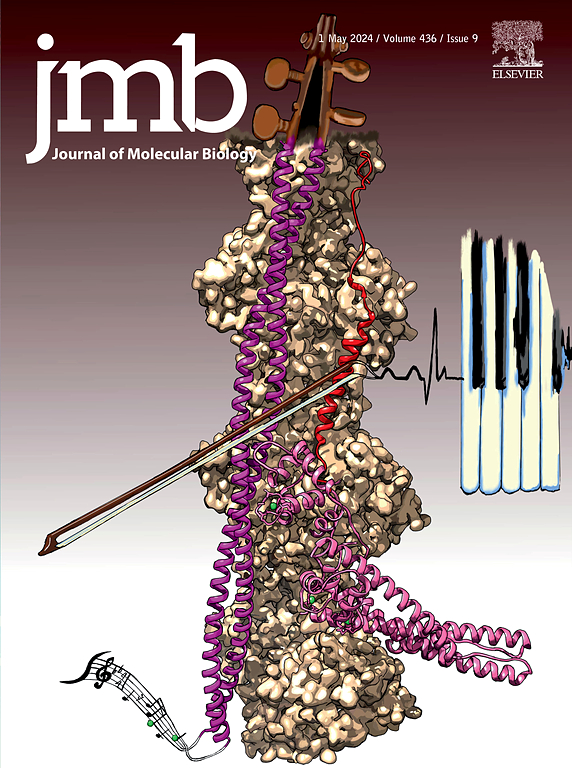The Developing Retina Undergoes Mitochondrial Remodeling via PINK1/PRKN-dependent Mitophagy
IF 4.5
2区 生物学
Q1 BIOCHEMISTRY & MOLECULAR BIOLOGY
引用次数: 0
Abstract
Mitophagy, the selective degradation of mitochondria, is essential for retinal ganglion cell (RGC) differentiation and retinal homeostasis. However, the specific mitophagy pathways involved and their temporal dynamics during retinal development and maturation remain poorly understood. Using proteomics analysis of isolated mouse retinas across developmental stages and the mitophagy reporter mouse line, mito-QC, we characterized mitophagy throughout retinogenesis. While mitolysosomes were more prevalent in the mature retina, we observed two distinct mitophagy peaks during embryonic development. The first, independent of PTEN-induced kinase 1 (PINK1) activation, was associated with RGCs. The second, PINK1-dependent peak was triggered after an increase in retinal oxidative stress. This PINK1-dependent, oxidative stress-induced mitophagy pathway is conserved in mice and zebrafish, providing the first evidence of programmed, PINK1-dependent mitophagy during development.

发育中的视网膜通过依赖PINK1/ prkn的线粒体自噬进行线粒体重塑。
线粒体自噬,线粒体的选择性降解,是视网膜神经节细胞(RGC)分化和视网膜稳态所必需的。然而,在视网膜发育和成熟过程中,具体的有丝分裂途径及其时间动态仍然知之甚少。通过对不同发育阶段分离小鼠视网膜的蛋白质组学分析和线粒体自噬报告小鼠细胞系mito-QC,我们表征了整个视网膜发生过程中的线粒体自噬。虽然有丝分裂酶体在成熟视网膜中更为普遍,但我们在胚胎发育期间观察到两个不同的有丝分裂高峰。第一个独立于pten诱导的激酶1 (PINK1)激活,与RGCs相关。第二个依赖pink1的峰值是在视网膜氧化应激增加后触发的。这种依赖pink1的氧化应激诱导的线粒体自噬途径在小鼠和斑马鱼中是保守的,这为发育过程中程序化的、依赖pink1的线粒体自噬提供了第一个证据。
本文章由计算机程序翻译,如有差异,请以英文原文为准。
求助全文
约1分钟内获得全文
求助全文
来源期刊

Journal of Molecular Biology
生物-生化与分子生物学
CiteScore
11.30
自引率
1.80%
发文量
412
审稿时长
28 days
期刊介绍:
Journal of Molecular Biology (JMB) provides high quality, comprehensive and broad coverage in all areas of molecular biology. The journal publishes original scientific research papers that provide mechanistic and functional insights and report a significant advance to the field. The journal encourages the submission of multidisciplinary studies that use complementary experimental and computational approaches to address challenging biological questions.
Research areas include but are not limited to: Biomolecular interactions, signaling networks, systems biology; Cell cycle, cell growth, cell differentiation; Cell death, autophagy; Cell signaling and regulation; Chemical biology; Computational biology, in combination with experimental studies; DNA replication, repair, and recombination; Development, regenerative biology, mechanistic and functional studies of stem cells; Epigenetics, chromatin structure and function; Gene expression; Membrane processes, cell surface proteins and cell-cell interactions; Methodological advances, both experimental and theoretical, including databases; Microbiology, virology, and interactions with the host or environment; Microbiota mechanistic and functional studies; Nuclear organization; Post-translational modifications, proteomics; Processing and function of biologically important macromolecules and complexes; Molecular basis of disease; RNA processing, structure and functions of non-coding RNAs, transcription; Sorting, spatiotemporal organization, trafficking; Structural biology; Synthetic biology; Translation, protein folding, chaperones, protein degradation and quality control.
 求助内容:
求助内容: 应助结果提醒方式:
应助结果提醒方式:


